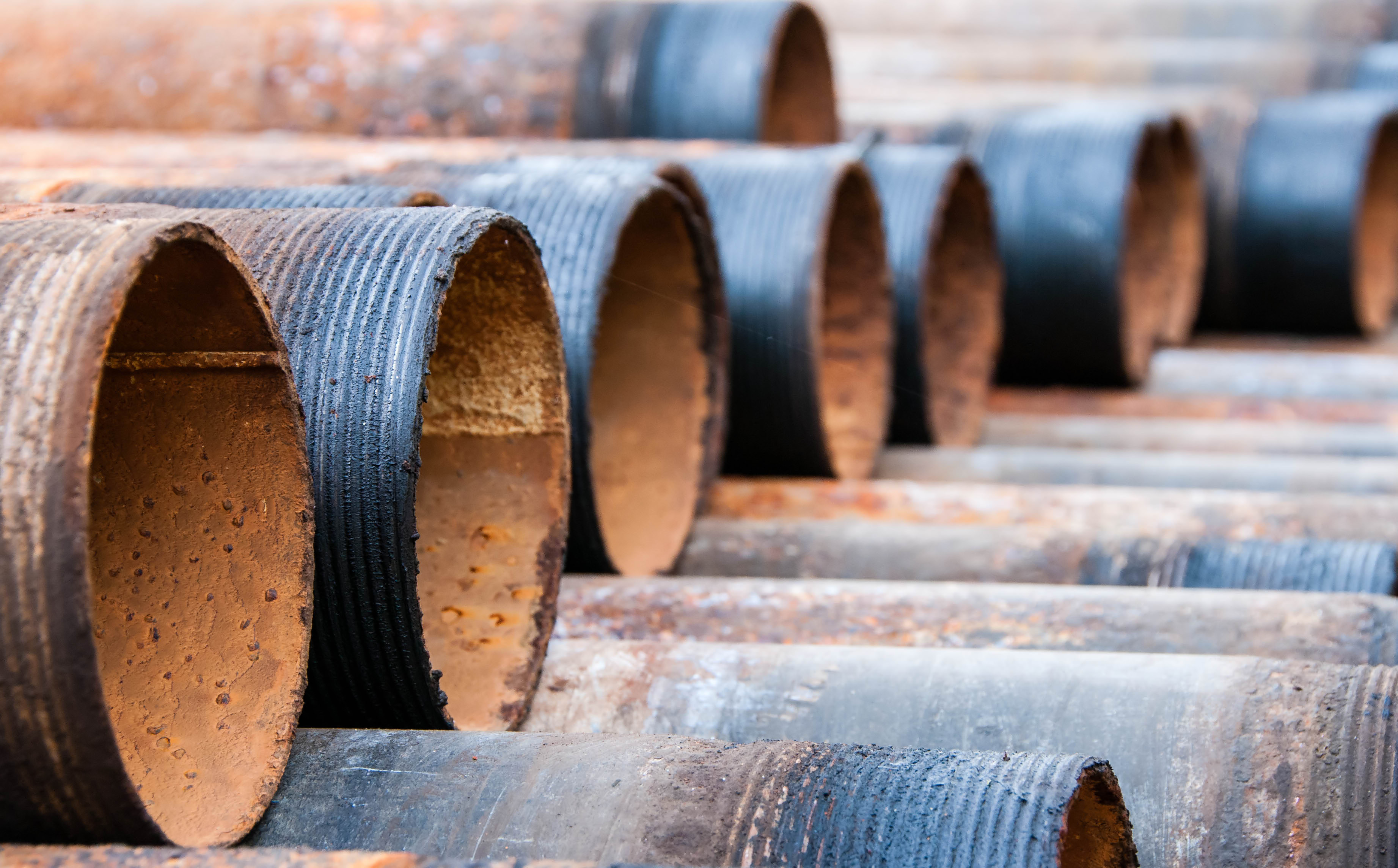Meet Energy East: It will be 2,858-miles long, putting it right up there with some of the longest pipelines in the world. It would pump about a third more crude than Keystone XL was intended to. It’ll be bigger than the Druzhba pipeline, which carries oil 2,500 miles from Southeast Russia to the rest of Europe.
“Bigger” is the point. There’s no sense in extracting crude from Canada’s tar sands if you can’t sell it in extreme bulk, and a big part of selling it is figuring out how to get it to people. The fight against Keystone XL complicated plans to sell it to the U.S., so the crude had to be moved through preexisting channels instead.
Canada’s other big pipeline hope, the Northern Gateway, would pipe crude from the Alberta tar sands out to the energy markets in Asia. But it was first stalled by protests from Canada’s First Nations (which were ignored), and then kneecapped in a surprise ruling by the Canadian Supreme Court that gave First Nations living on the land the pipeline was going through the right to veto it. That has proved harder to ignore.
With the Asian and the U.S. markets sidelined, Canada is now aiming for Europe. TransCanada announced this week that it is close to submitting its federal application to build Energy East: $12 billion dollars of pipeline, all set to pump Alberta crude to the refineries and export terminals of Quebec and New Brunswick. Execs hope to have the pipeline approved by early 2016.
If it’s built, it will be the longest pipeline in North America, and the third largest in the world. Boosters say that unlike those other loser pipelines, Energy East is actually going to get built, because in a way it’s already been approved: It’s a massive retrofit and expansion of a natural gas pipeline that was already there to begin with.
Will it work? The practice of retrofitting an old pipeline instead of building a new one has already been used with some success, as in the case of Enbridge’s Line 9B reversal project. But wait, that’s also been delayed — probably not forever, but delayed nonetheless.
Tar sands crude is still making it to market; one analysis of recent Energy Department data claims that U.S. oil imports have soared 60 percent since TransCanada first applied to build Keystone. Producers have just moved it into the country using alternative channels, especially oil-by-rail.
Meanwhile, Energy East has other problems. There’s the matter of Arthur Irving, the billionaire who controls the refinery and much of the port at the pipeline’s terminus in St. John, New Brunswick. TransCanada was so nervous about being gouged by Irving that the company considered ending the pipeline several miles inland, though the two have since reached an agreement.
More uncertain is the business of Quebec: The pipeline will have to pass through the province in order to reach the coast, and Quebec is not a fan of tar sands. The province passed a fracking moratorium two years ago, despite being sued for the decision under NAFTA. A Quebec judge already temporarily shut down TransCanada’s exploratory work at the site of the proposed export terminal so that beluga whales could leave the area and migrate further south.
How much sway do whales hold with Quebec in the long term? Is Energy East just another pipe dream? We’re about to find out.




